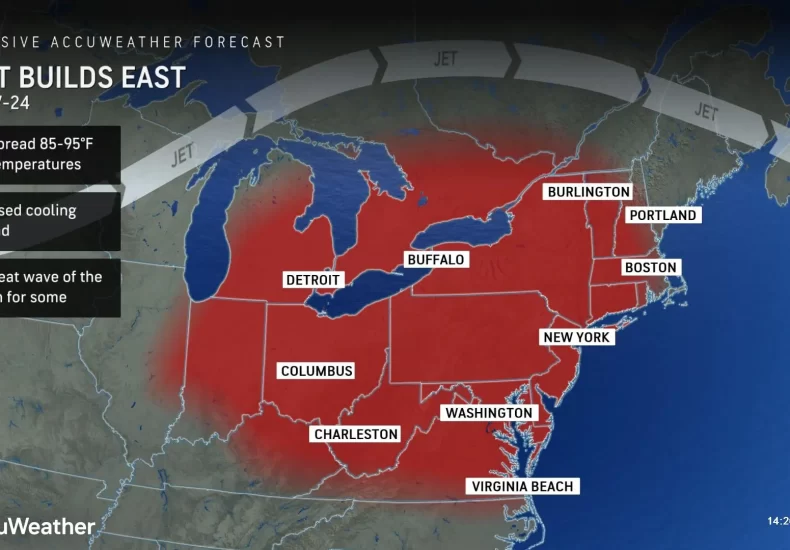
2025 Australia Heatwave: Monsoons Missing
Australia’s First 2025 Heatwave Hits South-East Amid Absent Monsoons and Cyclones
Australia’s south-east is grappling with its first intense heatwave of 2025, setting alarming records as temperatures soar to unprecedented levels. What’s even more puzzling is the simultaneous absence of expected monsoon rains and cyclonic activity across northern Australia. This unusual weather pattern has left scientists and meteorologists searching for answers while communities brace for continued extreme heat and environmental stress.
A Scorching Start to the Year
The heatwave has blanketed cities such as Melbourne, Sydney, and Adelaide, pushing temperatures well above 40°C. Health authorities have issued warnings about heat exhaustion, dehydration, and the increased risk of bushfires. Power grids are under immense pressure as residents rely heavily on air conditioning, raising concerns about potential blackouts.
The Missing Monsoons and Cyclones
Historically, the northern regions of Australia experience monsoonal rains and cyclones during this period, which play a vital role in balancing the country’s climate system. However, in early 2025, the absence of both monsoon rains and cyclonic activity is raising eyebrows. Experts suggest that shifting ocean temperatures, particularly in the Indian Ocean and Pacific regions, might be influencing these weather anomalies.
Climate Change: The Silent Culprit?
Scientists argue that climate change could be the underlying factor behind these unusual patterns. Rising global temperatures are disrupting atmospheric circulation, leading to prolonged dry spells in regions reliant on seasonal rains. The combination of extreme heat and absent rainfall is also exacerbating drought conditions, severely affecting agriculture and water resources.
Economic and Environmental Consequences
The dual impact of heatwaves in the south-east and the lack of monsoons in the north is posing significant challenges. Farmers are facing crop failures, livestock stress, and dwindling water supplies. Ecosystems, already fragile from previous climate impacts, are under even greater strain, with increased wildlife mortality and habitat loss.
What Lies Ahead?
Meteorologists predict that these extreme weather events could continue into the coming months, potentially becoming the new norm. Governments and local authorities are being urged to enhance heatwave preparedness, invest in water conservation infrastructure, and support affected communities.